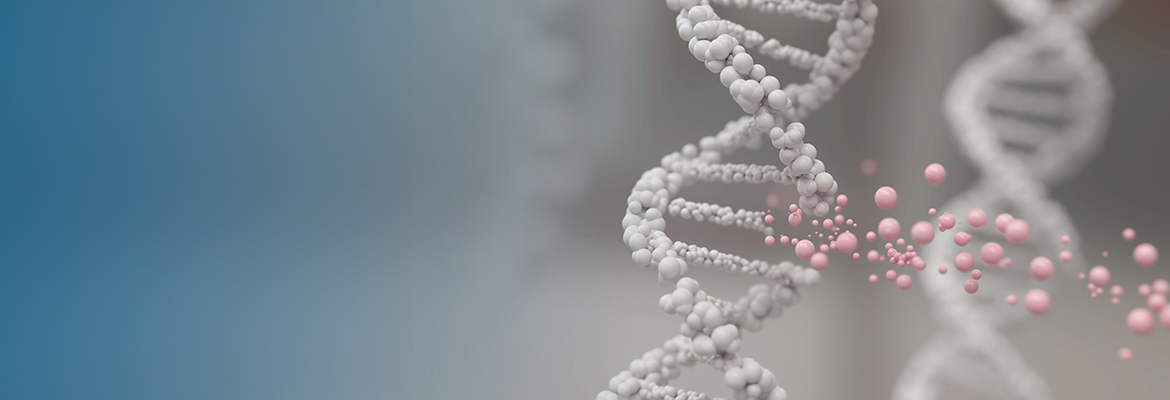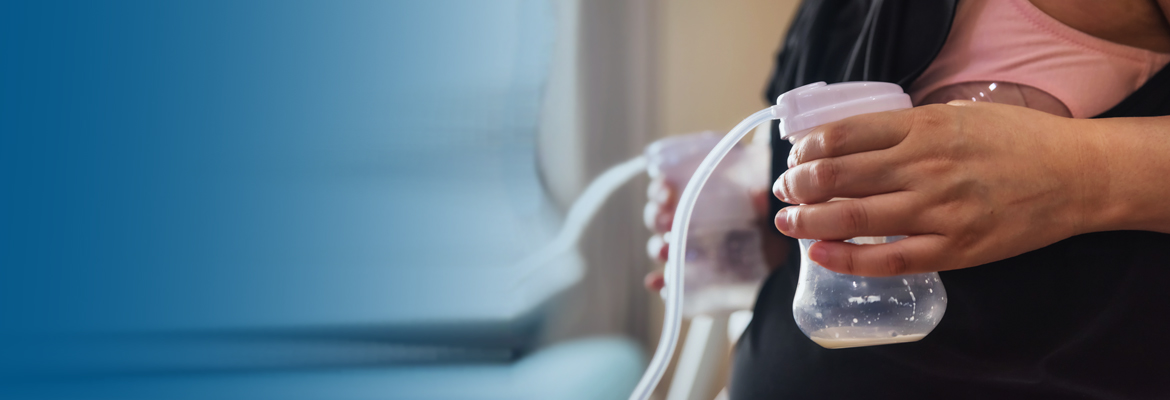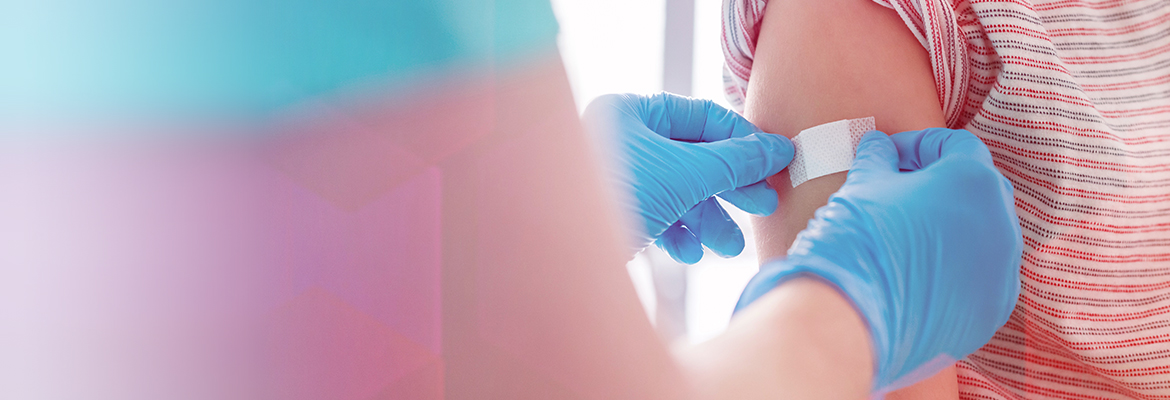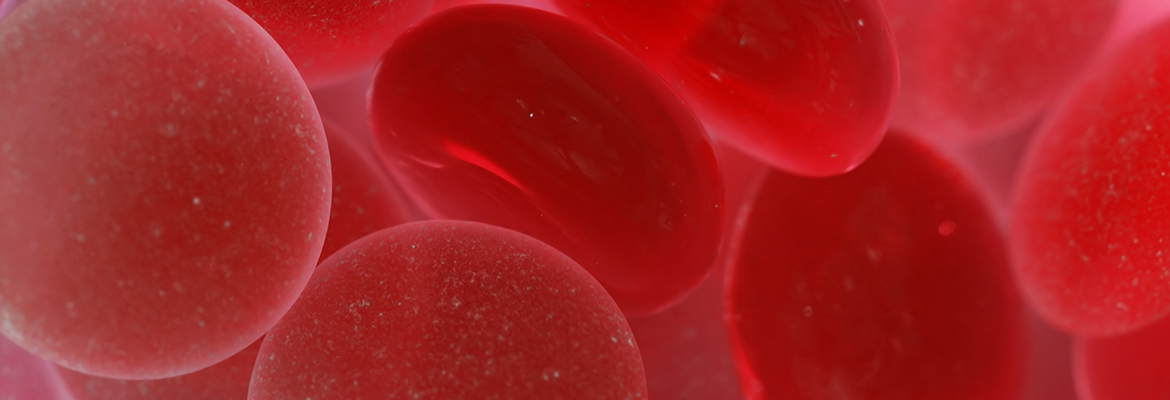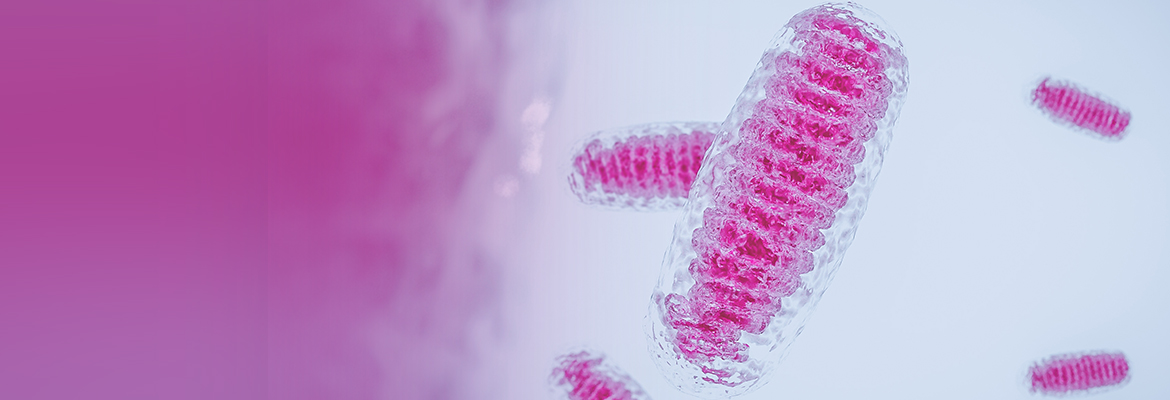The finding:
Children’s Hospital of Philadelphia investigators revealed the biological events by which some cancer cells develop resistance to a groundbreaking cellular therapy, called CAR T-cell therapy, that has successfully treated many patients with particular forms of leukemia. They also found clues to a possible method to overcome the cancer’s resistance.
Why it matters:
Chimeric antigen receptor (CAR) T-cell therapy, also called CAR T-cell therapy, represents a landmark achievement in personalized cancer immunotherapy — harnessing the body’s immune cells to treat cancer. The therapy has dramatically improved survival in children and young adults who relapsed or never responded to their initial chemotherapy. However, some 20 to 30 percent of patients with acute lymphoblastic leukemia (ALL) receiving CAR T-cell treatment either never respond or develop resistance within a few weeks.
Who conducted the study:
Andrei Thomas-Tikhonenko, PhD, chief of the Division of Cancer Pathobiology and a professor with the Departments of Pathology and Laboratory Medicine and Pediatrics at CHOP, led the study.
How they did it:
The researchers built upon their previous study showing that mutations in the leukemia cell hamper a protein, called CD19 antigen, that is essential for CAR T-cell therapy to succeed. The CD19 antigen needs to be produced in sufficient quantities to be recognized by CAR T cells. Some of the originally discovered mutations prevent CD19 from ever being produced. Yet other seemingly innocuous mutations would simply insert a few extra elements into the protein’s amino acid chain. How such insertional mutations could cause resistance to therapy was not clear.
The recent study focused on the biological mechanisms at work.
For CD19 to be recognized by CAR T cells, it first needs to reach the surface of the leukemia cell. The researchers found that the insertional mutations cause the CD 19 antigen to misfold within the cell so that it can’t be carried to the cell surface intact, and is instead retained in the structure called the endoplasmic reticulum. However, they also found that misfolded CD19 proteins are tightly bound to the machinery that breaks down full-length proteins into short peptides and transports them to the cell surface for immune recognition.
Quick thoughts:
“Experimental science is capricious and utterly unpredictable,” said Dr. Thomas-Tikhonenko, regarding the study. “It doesn’t care about gaps in your education, and more often than not takes you in directions you would rather avoid. Before we embarked on this project, my knowledge of protein folding and intracellular transport had been limited to undergraduate-level cell biology textbooks written one millennium ago. Talk about on the job training!”
What’s next:
The team’s next steps are to investigate whether mutant CD19 peptides indeed reach the leukemia cell’s surface, and then to generate T cells that recognize and attack that peptide.
Where the study was published:
The study appeared in the journal Molecular and Cellular Biology.
Who helped fund the study:
A variety of public and private sponsors. National Institutes of Health, William Lawrence and Blanche Hughes Foundation, Alex's Lemonade Stand Foundation, and St. Baldrick’s-Stand Up To Cancer Pediatric Cancer Dream Team.
Where to learn more:
Learn more about this study in this CHOP press release.

